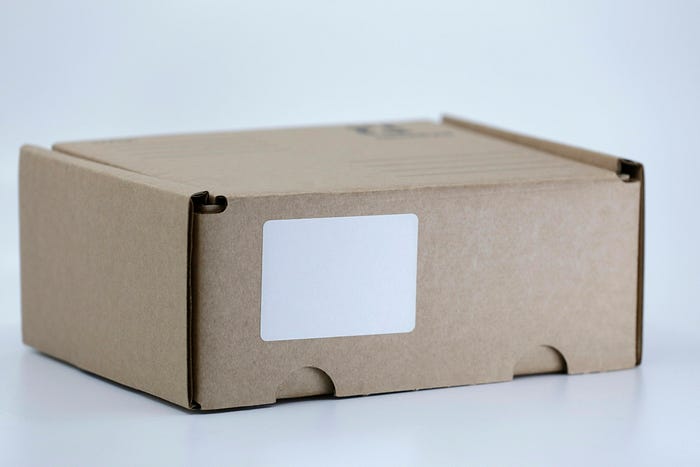Mastering Python Packaging: A Comprehensive Guide to Distribution
Written on
Understanding the Importance of Python Packaging
If you've crafted an impressive Python script or built a robust application, you might be contemplating how to share it with others without overwhelming your users. That's where Python packaging and distribution come into play, acting as the essential tools for smooth deployment.
In this guide, we will simplify the core concepts of packaging and provide you with the necessary resources for effortless project distribution.
The Significance of Packaging
Think of packaging as putting your gift in a beautifully wrapped box. It guarantees that your code, along with all its dependencies, is neatly organized for easy transport and installation on other systems. Without proper packaging, users could face a maze of dependencies, making it difficult to install and run your application.
Meet setuptools: Your Essential Packaging Tool
The primary tool for Python packaging is setuptools. This powerful utility streamlines the creation of distributable packages. To begin, install setuptools by executing:
pip install setuptools
Next, generate a setup.py file in your project folder. This file contains crucial metadata about your project and details on how it should be packaged. Here’s a basic example:
from setuptools import setup, find_packages
setup(
name="your-awesome-package",
version="0.1",
packages=find_packages(),
install_requires=[
# Specify your dependencies here],
)
Replace "your-awesome-package" with the name of your package and list any dependencies in the install_requires section.
Creating Your Initial Distribution
With your setup.py ready, you can now create your distribution package. Open a terminal and execute:
python setup.py sdist
This command will create a source distribution package, and you'll find a dist directory containing a compressed archive of your project.
Wheels: The Faster Alternative
While source distributions are versatile, they may take longer to install. Wheels, however, are pre-compiled and tailored for specific platforms, leading to quicker installations. To create a wheel package, use:
python setup.py bdist_wheel
Now, your dist directory should house both the source distribution and the wheel.
Sharing Your Package with the World
Once registered, you can upload your package with:
pip install twine
twine upload dist/*
This command uploads both your source distribution and wheel to PyPI, allowing anyone to install your package with a simple pip install your-awesome-package.
Versioning: Keeping Track of Changes
As your project develops, your package should evolve too. Proper versioning ensures that users receive the appropriate features and bug fixes without any surprises. Follow Semantic Versioning (SemVer) to communicate changes clearly. Update the version in your setup.py and create a new distribution before uploading to PyPI.
Utilizing Virtual Environments
Virtual environments are a crucial tool for maintaining a clean and isolated development setup. Create a virtual environment using:
python -m venv venv
Activate it with:
- On Windows: venvScriptsactivate
- On Unix or macOS: source venv/bin/activate
This way, you can install your package within the virtual environment, keeping your global Python installation clean.
Automating with Continuous Integration
Streamline your testing and distribution processes with a continuous integration (CI) tool. Platforms like Travis CI, GitHub Actions, or GitLab CI can automate testing and deployment of your package whenever you push updates to your repository.
Here’s a simplified example of a .travis.yml configuration:
language: python
python:
- 3.8
install:
- pip install -r requirements.txt
script:
- python setup.py test
deploy:
provider: pypi
username: __token__
password: $PYPI_TOKEN
on:
tags: true
Ensure that you encrypt and securely store your PyPI token in your CI environment variables.
Troubleshooting Common Issues
Packaging and distribution can present challenges, so don’t worry if things go awry. Tools like check-manifest and twine check can help identify issues before you distribute your package. Run these commands to catch common problems:
pip install check-manifest
check-manifest
twine check dist/*
